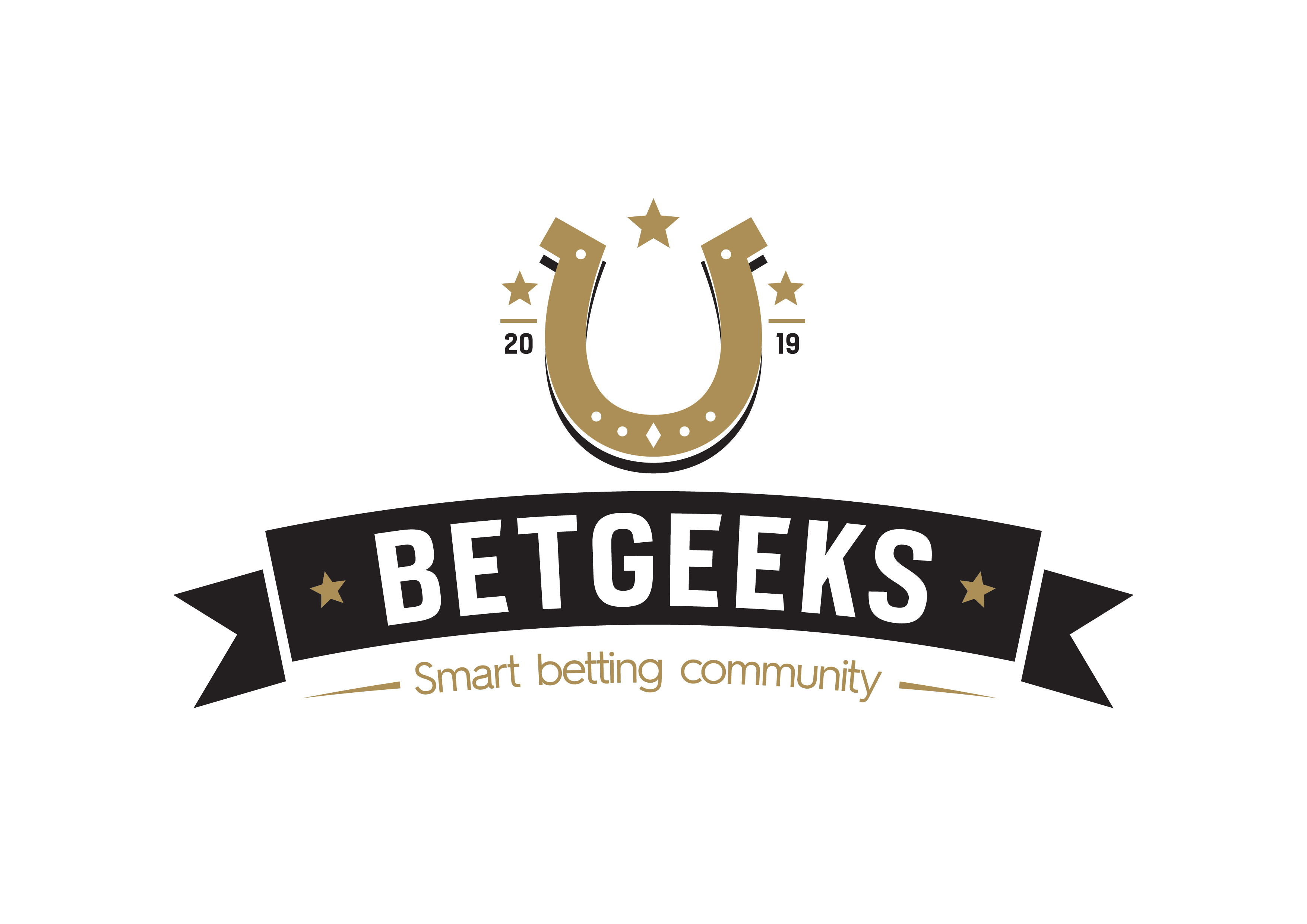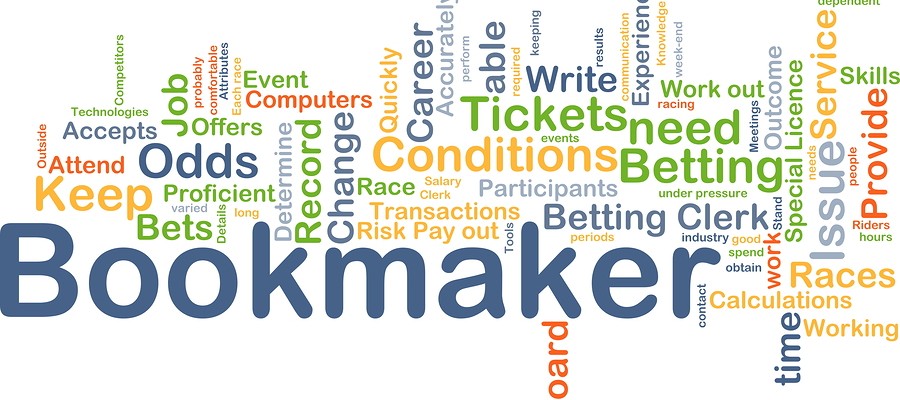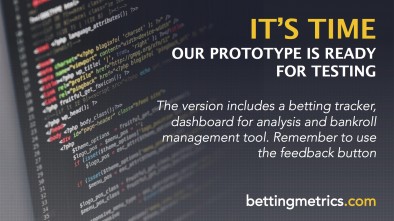BETTING EXPLAINED AT LAST
It’s not that I am the only one to know about this. It’s just the fact there is not much about it around the web. Does not matter if you are a professional bettor or you just starting your journey to this jungle. All of us need our blades shiny and sharp. So let’s start.
The most basic of all in any war is to know which your enemy’s super weapon is. So do you know which bookies’ super weapon is?
HOUSE EDGE
I don’t care if you all know this. I will assume you don’t and I shall continue my writing.
Bookies implement their edge in their odds’ sets. So no matter the outcome of the match, they should get a pre-determined profit based on the total amount splitted across the 3 outcomes.
And I write “they should” as it is not always guaranteed that they will manage to achieve their target 100%. There are some conditions should apply.
Each set of odds equals to some percentage figures. We calculate 1/Home Win odds + 1/Draw odds + 1/Away win odds. So simple. Then we do 1/sum.
Let’s take an example.
Home win: 1.50 => 1/1.50 = 0.667
Draw: 3.50 => 1/3.50 = 0.285
Away win: 4,60 => 1/4.60 = 0,217
The sum of the 3 above figures: 0.667 + 0.285 + 0.217 = 1.169.
PAYOUT
Now some questions may kick in.
First of all what does this 1.169 mean? One answer is it means that for any 1 unit the bookies pay to the winners they have already got paid 1.169 units meaning they have a profit of 0.169 units. In a percentage point of view if we divide 1/1.169 we get 0.855 meaning that bookie returns to the winners the 85.5% (the Payout) of the total turnover staked in the match meaning they keep a profit margin of 14.5%.
Great business someone could say. There is a “but” though. I mean there is a condition under which the bookie can keep that 14.5% of profit. Which is this condition?
PERCENTAGES BEHIND ODDS
The condition is that 57% of the turnover should be placed on the home win, 24.4% on the draw and 18.6% on the away win. These percentages derived from the odds. And we calculate them as Payout/Odds.
Home win: 0.855/1.50 = 0.57
Draw: 0.855/3.50 = 0.244
Away win: 0.855/4.60 = 0.186
At this point a very big discussion might take place as well. There are a lot of people believing that these percentage figures is the bookie’s estimation of probability for each of the outcomes. They believe that the bookie expects a 57% chance of the home win.
This is not the case. I have solved this asking myself what the real goal for the bookies is.
We all know what the real goal of the bettor is: To predict correctly. So what is the bookie’s then? Don’t they need to predict correctly too? NO. My answer is no, they don’t. They are the bookies and don’t care to accurately predict any outcome or the probability of any outcome. Bookies just offer their clients what they (the clients) ask and keep their books balanced to manage their profit regardless the outcome. So for me the only or the most important prognosis bookies should make, is how much wager each outcome should get, how much volume each outcome will gather from the bettors. This is what they try to balance anyway.
So they should start with something. This is the opening odds and then they try to follow the stake trends of the betting public.
Let’s get back to those percentage figures again. As mentioned earlier, they are the condition on which bookies shall achieve their target. More specifically, the bookie shall achieve their pre-determined profit target of 14.5% only if bettors will place 57% of the total turnover in the home win, 24.4% on the draw and 18.6% on the away win. You are not convinced. Ok then start checking yourself.
Let’s assume that 57% of the turnover is placed on the home win and home win is the outcome. What does this mean? Bookie has collected 1.169 (the 100% of the turnover or numerical 1.00) units and must pay the winners. The total obligation for the bookie is odds of 1.50 on 0.57 of wagers which equals to 0.855.
If the draw is the outcome the obligation is odds of 3.50 on 0.244 of wages which equals to 0.854
If away win is the outcome then obligation equals to 4.60 x 0.186=0.856.
What do you think right now? Is this good enough for you?
We are not finished yet. Let’s have an additional example. Let’s assume that because of the home team’s poor form recently plus a couple of injured players the bettors fancy the chances of the away win resulting that the away win gets the 25% of the turnover.
What do Maths tell? Obligation equals to 4. 60 x 0.25 = 1.15.
BOOKIE IS RUINED. THEY COLLECTED 1 UNIT BUT NOW SHALL PAY 1,15 UNITS TO THE WINNERS!!!!
All this mean that if the actual stakes are different than the estimated, then bookies’ target changes one way or the other. If stakes on one outcome are heavier and the outcome comes true then depending on the volume, the profit for the bookie is less or even make a loss. In the other hand if stakes on an outcome are lighter and the outcome comes true then bookies make more profit than determined. But all this does not take place often as bookies change their odds as they don’t like surprises.
So now you can have an even clearer idea of why the bookies adjust their odds. The just need to follow their client’s appetite. Do they want away win? Ok give them away win, meaning that odds should shorten and rest should rise in their try to balance books.
Bookies don’t gamble. They set their targets and try to achieve them the best way possible.
VALUE
I don’t like to be absolute in my beliefs. I like to be open-minded. So I will now follow the idea of percentage figures being probabilities of each outcome. This would mean that matches of the same set of odds will follow the pattern. What pattern you may ask. Well based on our example home win has a 57% chance of winning or in other words that in every 100 matches of the same “profile” we should get approximately 60 home wins. Correct? Yeap! So if we should apply a betting portfolio and bet 1 unit on the home win on each of such 100 games what do we get? We have wagered 100 units, easy. What is our return? We won 60 games on odds of 1.50. That means 1.50 x 60 = 90 units return…
Hmmm… OOPPPSSS!!!!! WE LOST 10 UNITS in the long run!!!! It is ridiculous!!!!!
It’s the most plain, simple math in the universe!!!! We have been betting without any VALUE!!!
OOOOHHHH Wait a minute!!! You’ve heard that before!!!! Have you applied it on your betting?
Simply put we bet with value if the odds are greater than the estimated probability %
So mathematically put, ODDS x PROBABILITY>1.
We go back to our example. If the 57% we discovered hiding behind the odds should be the estimated probability for the Home win, what odds do we need to bet on to get value?
Correct. Calculate 1/0.57 = 1.75. Oh God. Instead of this we bet on odds of 1.50 only!!
If we would bet on those 100 games at odds of 1.75 then winning 60 of those would mean 60 x 1.75 = 105 units resulting 5 units profit on 100 turnover equaling a very good 5% ROI.
So now what kind of scenario do we need in order to profit, based on the fact that the odds offered is 1.50? Well we need a 1/1.50 = 0. 67 (67%) probability of the home win. This way we would win 70 out of 100 matches which would return 70 x 1.50 = 105 units resulting that 5% ROI. In other words if the 57% would be the bookies estimation then the bookie needs to be wrong by 10 units of percentage in order we could be profitable betting. In other words it takes that bookie underestimate the probability of the outcome by 10 units of percentage.
Do you actually believe that bookies if asked to estimate an outcome could be so marginally incorrect? Personally I don’t. It is their job. So simply put. They got anything needed from personnel, to inside information about anything concerning teams and players individually plus hi tech software etc.
So with all above said there is not a way we could profit in the long run is there?
Some may say they have built the best model predicting 100% accurately. Ok I shall accept it, but what makes you believe you will be able to find the correct odds from the bookies too? It has no use to be in position to predict that the probability of an outcome is 50% and not being able to find odds greater than 2.00 to put your stakes on. I hope this is clear enough
CONCLUDING
Let’s try gather it all up. First of all the odds and thus the %percentages could well have started as the bookies estimation of probabilities but they are forced to reflect public opinion at the end. They are forced to match what the “wagering” majority think of the outcome. Saying wagering majority I mean the most of the money not necessarily the most of the bettors, though many times most of the bettors make up the wagering majority.
So this gives birth to another theory of mine. As a bettor who is your enemy? NO ITS NOT WHAT YOU THINK.
Anyway I don’t know what you are thinking but it is NOT THE BOOKIE. Nope it is not!!!
For me the rest of you (bettors) is my enemy. Your behavior affects my chances of profit.
Yes you do!! So what I wrote at the very beginning is quite not true. I wrote about knowing your enemy’s super weapon. It’s not the bookie my enemy, (but odds still are bookies weapon) but you. So what is your superweapon? Well YOUR BRAIN!!!
In fact the ability of your brain to take in any kind of available information concerning an event and produce a decision. Input info-Output decision.
So ask yourself: Where do you base your decisions on?
Hmm. Let me think some
1. Personal emotions? Are you able to bet against your favorite team?
2. Big names? How often do you bet against Real Madrid when at home?
3. Recent form? How often do you bet on a team with poor form?
4. Head to Head. Do you consider this past data relevant to the next match? Really you do? What if this year one of the team has a new manager and a dozen of new players?
5. Motivations? How are you sure you can find the correct motivation of each team and most importantly of each of the players?
6. Injuries? Would you bet on a team when missing a couple of first 11 players?
At the end all this kind of information drives you to decide this way or the other. The fact that the majority of the public has access to the same type of info makes them think almost the same way. So they are the reason of odds swifting, because of the trend generated!
If you are focusing on favorites stop doing so. Start focusing on outsiders. The reason?
Well bookies already know the type of info available to you and most important they know the way you think and decide. No they are not any magicians. Simply put after some time of accepting public’s wages they can figure the patterns. So they have already implemented this to the set of the odds. But public will over react at some point backing a favorite even more causing the drop of the odds on it and the rise of odds on the draw and away win. This means that from a point on, the lower odds will not have any value. Instead value will be moved on the opposite direction. So it is wiser to back the underdog (or generally lay the favorites) as the odds offered for the away win will be greater than the actual probability.
Odds shortening does not mean that the probability of the home win is getting bigger!!! This is nonsense. Imagine coin flip. If i accept bets on flipping a coin does it mean that the chances of head is getting bigger because 8 out 10 bettors put their money on it? It means I could go broke as a bookie but this is not the case right now.
So one way of profit is that the public has overestimated a home win based on the kind of info talked above and we bet on the underdog. The other way of profiting arises from the “war of the odds”. In some cases bookies need to offer best prices to the bettors in an attempt to be top in the list of the “Best Bookies”. This also mean that odds for the favorite will stay high enough to give us the edge we are looking. These cases look like the bookies underestimate the favorite, though in fact this in not the case.
One thing we need to do is to observe the trends and the results. We should collect data and analyze them to identify any profitable trends. In example I have clustered games based on the percentage of the home win given by the odds. So I collect data and then seek opportunities. We could identify that when the home win is 55% (closing odds) then betting on the draw is profitable in the long or such trends. How could something like this happen? Well public bet on the home win heavily, causing the odds to shorten, but the actual winning percentage of this kind of games in the long run is not as high as it should I comparison to the odds offered from a point on. So the public could be my enemy because of ruining a value because they heavily bet on the home side. I might have fancied the home win too but I have to be fast to back it on value odds. On the other side, if the public overreact it might offer me the chance by laying the home win.
All I do is gather data in a standard way (anyone could set his own) and just analyze till I find my edge.
The aim is to build a portfolio for the long run. We must bet a series of outcomes not because we are sure that we win every single time, but because in the long term this group of bets will produce profit.
I have already shaped my own betting portfolios which I will observe till the end of current season. I have done work on the 3 major leagues such as E.P.L LA LIGA and SERIE A.
I have discovered trends having produced fantastic ROIs. A little hint concerning the E.P.L portfolio, if someone had followed it so far for this season it has produced a profit of 25 units out of 67 bets. Meaning a 37% ROI.
I hope you enjoyed this article. I will be glad to get any kind of feedback and exchange of thoughts. If you think it is an interesting article please don’t keep it for yourself, share it with anyone might be interested on it too.
The author can be followed or contacted at https://www.betgeeks.com/members/betakos/profile/

SGN APPROVED



